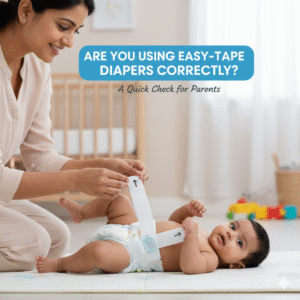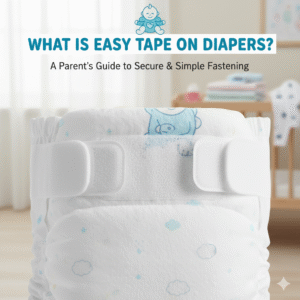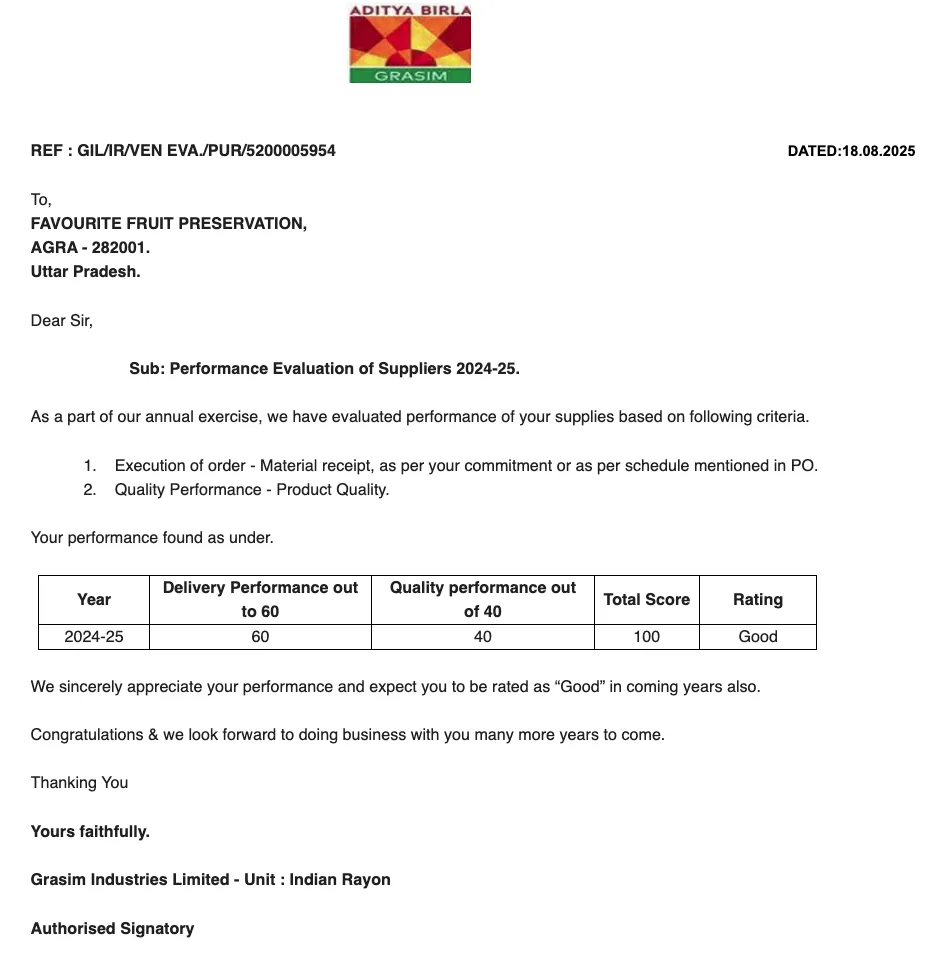Turning Passion into Impact: Launching Your Sanitary Pad Business
Starting a sanitary pad business is more than just selling a product; it’s about empowering women and girls by providing access to safe and affordable feminine hygiene products. This guide, brought to you by the experts at Favourite Fab, will walk you through the essential steps to turn your vision into a thriving and impactful business.
Why Start a Sanitary Pad Business?
The global feminine hygiene products market is experiencing significant growth, driven by rising awareness about menstrual health and hygiene, particularly in developing countries. This presents a unique opportunity for entrepreneurs passionate about social impact and women’s well-being. Here’s why starting a sanitary pad business is a powerful endeavor:
- Meeting a Critical Need: Access to affordable and hygienic sanitary pads remains a challenge for millions of women, impacting their health, education, and overall well-being.
- Social Impact: By providing affordable options, you empower women and girls to manage their periods with dignity and confidence.
- Growing Market: The demand for sanitary pads, especially biodegradable sanitary pads and sustainable sanitary pads, is on the rise, creating a promising business opportunity.
Step 1: Craft a Solid Sanitary Pad Business Plan
A comprehensive sanitary pad business plan is your roadmap to success. It outlines your business goals, target audience, market analysis, financial projections, and marketing strategies. Here’s what to include:
- Executive Summary: A concise overview of your business, including your mission, products, target market, and key objectives.
- Company Description: Details about your business structure, legal entity (sole proprietorship, partnership, LLC, etc.), and business registration. You’ll need to explore the necessary sanitary pad business licenses and sanitary pad manufacturing regulations in your region.
- Market Analysis: Research the feminine hygiene products market in your area. Identify your target audience, competitors, market size, and potential growth opportunities.
- Products and Services: Clearly define your product line. Will you offer a single type of pad or a variety? Will you consider biodegradable sanitary pads or focus on affordable sanitary pads?
- Marketing and Sales Strategy: Outline your plan to reach your target customers. This includes your brand positioning, pricing strategy, distribution channels (online, retail, partnerships with NGOs), and promotional activities.
- Operations Plan: Detail your production process, sourcing sanitary pad raw materials, quality control measures, and inventory management.
- Financial Projections: Provide a realistic estimate of your startup costs, operating expenses, revenue projections, and profitability timeline. Explore funding options, such as small business loans specifically designed for women entrepreneurs or grants focused on social impact businesses.
Step 2: Secure Funding for Your Sanitary Pad Business
Starting a manufacturing business requires capital investment. Determine your startup costs and explore funding sources such as:
- Personal Savings: Utilizing your savings can provide initial capital.
- Small Business Loans: Many banks and financial institutions offer loans tailored for small businesses, including those focused on manufacturing. Research how to get a loan for a sanitary pad manufacturing business and the specific requirements.
- Government Grants: Some governments offer grants to support women-owned businesses or ventures with a strong social impact.
- Angel Investors: Seek out individuals or groups interested in investing in early-stage companies with high growth potential.
Step 3: Source High-Quality Sanitary Pad Raw Materials
The quality of your sanitary pad raw materials directly impacts the quality and safety of your product. Research and partner with reliable suppliers who offer:
- Absorbent Core: Materials like wood pulp, cotton, or bamboo fiber are commonly used.
- Top Sheet: This layer comes in direct contact with the skin and should be soft, comfortable, and hypoallergenic.
- Back Sheet: This layer prevents leakage and is usually made of polyethylene film.
- Adhesive: Ensures the pad stays securely in place.
- Packaging Materials: Choose hygienic and attractive packaging that reflects your brand and complies with sanitary pad packaging regulations.
Step 4: Invest in a Sanitary Pad Making Machine
A sanitary pad making machine is a crucial investment for your business. These machines automate the production process, ensuring efficiency and consistency. When choosing a machine, consider:
- Production Capacity: Select a machine that aligns with your projected sales volume.
- Automation Level: Machines range from semi-automatic to fully automatic, impacting labor requirements.
- Features: Look for features like adjustable pad size, different embossing patterns, and automatic packaging options.
- Budget: Sanitary pad making machines come in various price ranges. Research and compare options from reputable suppliers.
Tip: For startups, starting with a smaller-scale, semi-automatic sanitary pad making machine can be a cost-effective option. As your business grows, you can upgrade to a larger, fully automated machine.
Step 5: Master the Sanitary Pad Production Process
The sanitary pad production process involves several steps, including:
- Raw Material Preparation: Inspecting, cleaning, and preparing raw materials according to their specific requirements.
- Formation of the Absorbent Core: Layering and compressing absorbent materials to create the pad’s core.
- Application of Top Sheet and Back Sheet: Attaching the top and back sheets to the absorbent core using adhesive.
- Cutting and Sealing: Cutting the pads to the desired size and sealing the edges to prevent leakage.
- Quality Control: Implementing rigorous quality checks at each stage to ensure hygiene and adherence to hygiene standards for sanitary pads.
- Packaging: Packaging the finished products in hygienic and attractive packaging.
Step 6: Develop a Powerful Sanitary Pad Marketing Strategy
In a competitive market, a strong marketing strategy is essential for attracting customers and building brand loyalty. Here are key elements to consider:
- Define Your Brand: Create a memorable brand name, logo, and brand story that resonates with your target audience.
- Highlight Your Unique Selling Proposition (USP): What makes your sanitary pads stand out? Is it affordability, sustainability, or a focus on specific needs?
- Pricing Strategy: Research competitor pricing and determine a pricing strategy that is both competitive and profitable.
- Distribution Channels: Explore a mix of online and offline channels to reach your target market. This could include selling through your website, e-commerce platforms, local retailers, pharmacies, and partnering with NGOs.
- Promotional Activities: Utilize a mix of online and offline marketing tactics such as social media marketing, content marketing, influencer collaborations, educational campaigns, and participating in women’s health events.
Pro Tip: Leverage the power of digital marketing. Implement SEO best practices on your website and create engaging content about menstrual health and hygiene. Utilize social media platforms to connect with your target audience, run targeted ad campaigns, and build a strong online presence.
Step 7: Ensure Compliance and Safety Standards
Meeting the highest hygiene standards for sanitary pads is non-negotiable. Ensure your production process and products adhere to all relevant regulations:
- Manufacturing License: Obtain the necessary licenses and permits to manufacture and sell sanitary pads in your region.
- Quality Certifications: Consider obtaining quality certifications to demonstrate your commitment to safety and hygiene standards.
- Labeling Requirements: Comply with all labeling regulations, including ingredient lists, manufacturing date, expiry date, and usage instructions.
FAQs about Starting a Sanitary Pad Business
1. How much does it cost to start a sanitary pad business in India?
The cost varies depending on factors like production scale, automation level of the sanitary pad making machine, and location. On average, you can expect to invest between INR 5 lakhs to INR 20 lakhs.
2. What are the best marketing strategies for a new sanitary pad brand?
Focus on digital marketing, influencer collaborations, educational campaigns, and partnerships with NGOs to raise awareness and reach your target audience.
3. What are the top sanitary pad manufacturing machines for small businesses?
Several reputable manufacturers offer machines suitable for small businesses. Research and compare features, production capacity, and price to find the best fit for your needs.
Contact Favourite Fab for Expert Guidance
Starting a sanitary pad business is an empowering journey. At Favourite Fab, we are dedicated to supporting entrepreneurs like you. Contact us today for high-quality sanitary pad raw materials and expert guidance. Let’s work together to make a difference!
Email: sale@favouritehub.com
WhatsApp: +91 95288811566






































We Do Business On Trust.Our Nonwoven fabric Business is Built on trust. Trust starts with Transparency.
Mr.Ramniwas Garg Founder Of Favourite Group